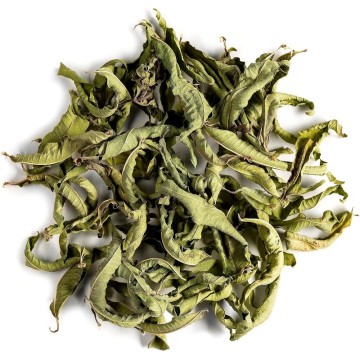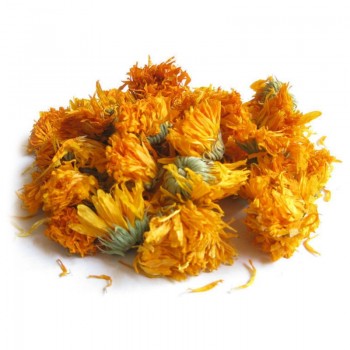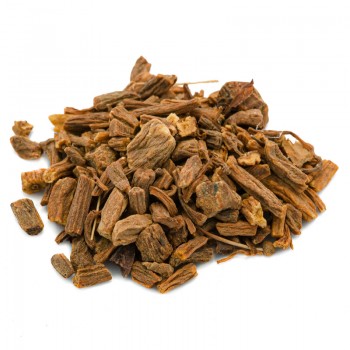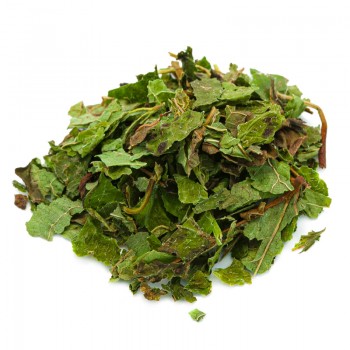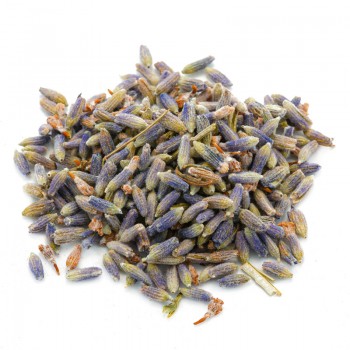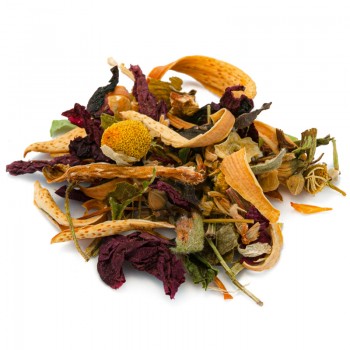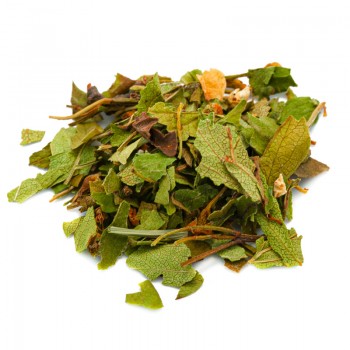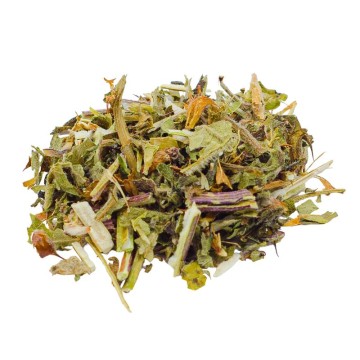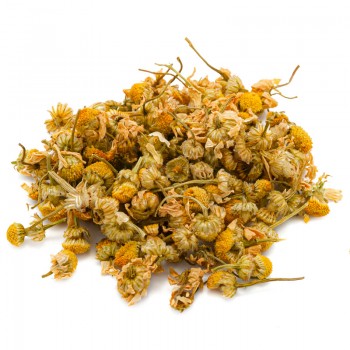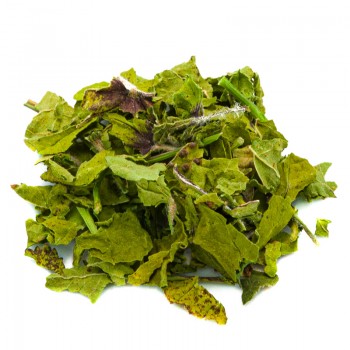Linden leaves in herbal tea cut
Linden is a large plant, which gives its benefits through the substances contained in the leaves. These parts make important essential oils, tannins and mucilages available for herbal teas and decoctions. Among the main elements contained in linden leaves, there are antioxidants that favor the sedative effect of the infusion, often used to counteract insomnia, nervousness and headaches. In addition, the lime leaves show antispasmodic and diaphoretic properties (favor sweating), as well as the possibility through decoction to treat stomatitis, cough and pharyngitis.
Linden leaves: properties and benefits
Heart-shaped leaves have been used for centuries in herbal medicine for their beneficial value. Although flowers are often known, even a linden leaf tea has excellent virtues. The leaves are rich in antioxidants, capable of relieving states of stress and nervousness. Like linden blossom tea, linden leaf tea is also considered a calming and relaxing natural remedy. The work of the infusion is to calm the nervous system, and soothe the states of agitation that lead to insomnia. Drinking lime leaf tea before going to bed can help you fall asleep, like a natural sedative. The effect, historically known in folk medicine, according to some studies could be due to an action of the lime tree that inhibits excitability, and therefore gives sedative characteristics to our body. In addition, these leaves have a value for the well-being of the heart, supporting proper cardiovascular circulation. A property that also helps to relax blood vessels and reduce blood pressure, avoiding hypertension. The benefits on circulation also act by relieving headaches, in cases where it is due to tension. In traditional herbal medicine, lime leaves are also used to treat colds, relaxing the body and soothing the throat in case of irritation and cough. They contain antioxidants such as quercetin and kaempferol, which are active against free radicals in the respiratory tract. Even the ability to promote sweating was used in the past to counteract colds or inflammation. An infusion with lime leaves helps not only with the expulsion of sweat and toxins, but also as a diuretic. For this, it is considered a good purifier. This function is attributed by a component called P-coumaric, which support detoxification through urine and sweat, expelling metabolic waste. Some antioxidants in linden leaves also possess virtues that counteract skin irritations in a natural way, and historically were also used for external use. The natural anti-inflammatory abilities, due to antioxidants such as tyliroside and kaempferol, were also used by many populations to help calm the pains of rheumatism, and relax the digestive system. In fact, lime leaves help to deal with stomach pain, cramps, abdominal swelling and constipation.
Origins and History of cultivation
The lime tree is native to Western Europe, but has spread throughout the world for centuries. Its leaves have been used in folk medicine in many European countries, for various needs. In Italy and Germany, the lime tree was considered the tree of love, the wood of which was excellent for protection from bad luck and lightning. In Spain, the legend was widespread that epilepsy was calmed by sitting under the lime tree. This is linked to the fact that the infusions of lime, flowers and leaves have been used over the centuries for their natural sedative properties. Linden tea has been used in folk medicine across cultures to relieve high blood pressure, calm anxiety, and soothe digestion. The Celts used the leaves against fever and cold, to promote sleep and relax the mind. In the Middle Ages, it was considered an air purifying tree and also used to reduce swelling as an anti-inflammatory. As a sacred tree, it has been revered by many cultures as a plant of abundance and beneficial. Flowers were highly prized for their scent, and wood was used by Greeks and Egyptians for various creations. For the Celts and the Germans it was a symbol of truth and justice, as well as in eastern countries. In the period of the French Revolution, lime trees were even planted as trees of freedom. Often it was a tree dedicated to love and the goddess Venus, also associated with motherhood. Sometimes Celtic weddings took place under a lime tree. In Christian culture it represented loveof Christ with its heart-shaped leaves, and in recent times it became the ornamental tree par excellence of French gardens, for its perfume and its elegant charm.
Plant and flowers
The lime tree or Tilia cordata, comes from the genus of trees Tilia, which is part of the hibiscus family, or mallow (Malvaceae). It is a tree native to the northern hemisphere of the planet, which today grows in the temperate regions of North America, Europe and Asia. Tilia cordata is also called small-leaved lime tree, it is considered the most powerful species at the level of a medicinal plant. The many species, including the cordata linden, are used as ornamental and shade trees, also for the heart-shaped and toothed leaves. - The cream-colored flowers are fragrant, and give small fruits. There are also varieties such as the European linden or common linden (T. europaea), a natural hybrid between the large-leaved linden (T. platyphyllos) and the small-leaved linden. In addition to the silver linden (T. tomentosa) and the hanging silver linden (T. petiolaris).
Nutritional values of lime leaves
These leaves contain vitamin K, antioxidants, vitamin C and B vitamins. It has a high concentration of phytonutrients, flavonoids and other diaphoretic substances. Among the antioxidants are present tiliroside, quercetin and kaempferol.
How to use lime leaves in herbal tea
The infusion is obtained by putting about 3-5 grams of the leaves in a cup (250 ml) with water at 100 ° C. Leave to infuse for 5 to 7 minutes, before drinking the calming herbal tea. Add honey or sugar as desired. Linden leaves: side effects and contraindications The too frequent use of this herbal tea should be avoided, because it can create problems for those with heart problems, or take certain drugs. Linden leaves are also used by pregnant or breastfeeding women for their calming action, but the recommended dose should not be exceeded to avoid possible side effects. It can interact with some lithium-containing drugs, and with diuretic drugs.


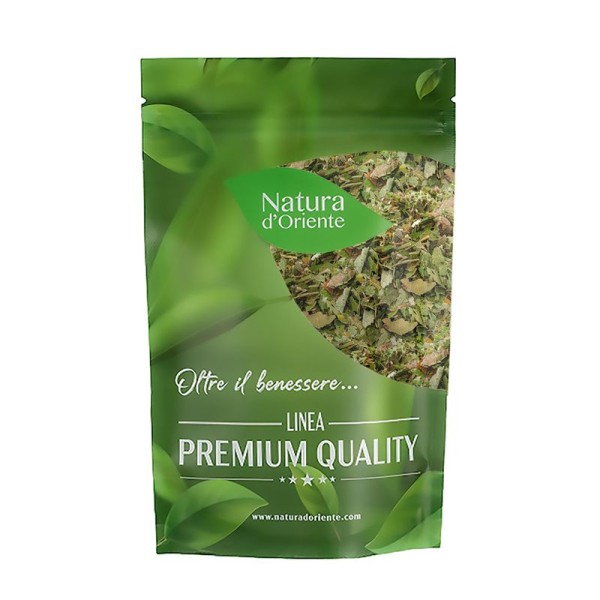








 No reward points for this product.
No reward points for this product.
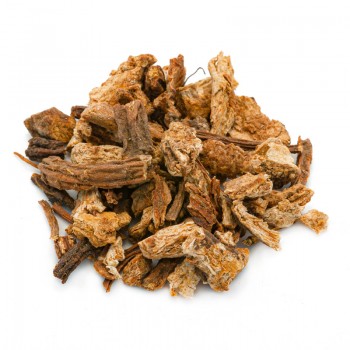

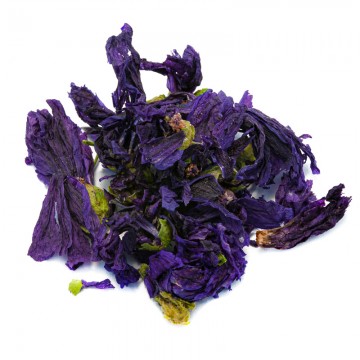
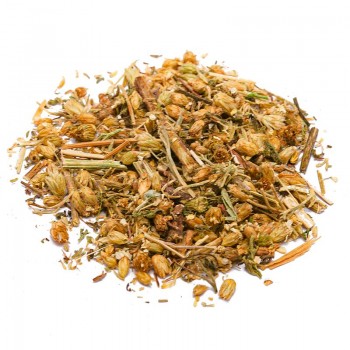
![infuso relax [Natura d'Oriente]](https://www.naturadoriente.com/3555-home_default/infused-relaxation.jpg)
